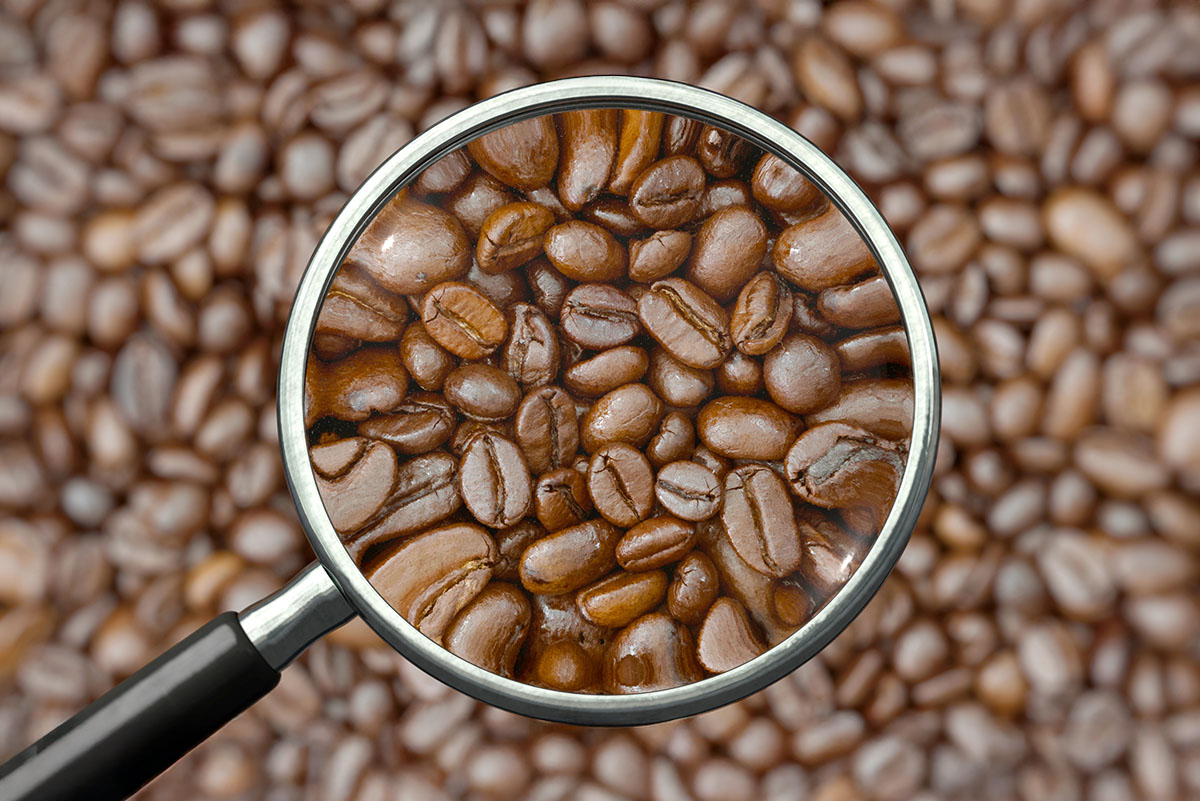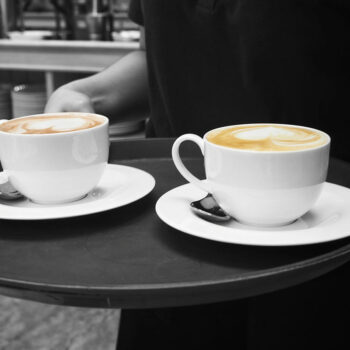Someone once advised that one should never believe that fairy tales do not exist, because we drink a magic bean concoction every single morning and it brings life and vitality back to our bones! Coffee for some people has become the driving force behind their mornings. Coffee is one thing many people have in common, but everyone likes their coffee a little different from the next person. So, what makes coffee different?
Roasting Coffee Beans
One factor in the taste of coffee is in its beans. How the coffee bean is roasted is vital to the final outcome, according to a person’s preferences. The roasting of that little bean transforms it from flavorless to magically delicious. There are other factors that also play a part in flavor, such as what country or place the coffee beans come from, environmental factors, the way in which it is brewed, how it is processed, and the age of the beans.
Types of Roast
Whether it is light, medium, or a dark robust roast, there is a coffee flavor out there for everyone. Coffee roasts are generally characterized by their light or dark hue. When selecting a brew, there are various attributes associated with each one that separates itself from the others. Below we will have a look at what the real differences and properties are between light and dark coffee brews that will be sure to have you craving your next cup!
Light Roast Characteristics
In order for a cup of coffee to be considered a true light roast, the internal temperature of the beans itself must be between 180 and 205 degrees Celsius. If 205 degrees Celsius is exceeded, the beans will enlarge and split open. This is generally referred to as the “first crack” and this stops the light roasting process. Caffeine lovers tend to prefer light roasts because it contains a higher concentration of caffeine than dark roasts.
In color, light roasts are just that, a light caramel color with no presence of oil on the beans surface to be detected or seen. Because the bean is toasted at such a delicate temperature, the origin of the coffee bean is greatly enhanced according to where in the world it was harvested. One can always expect to have a toasted yet acidic or sharp flavor to light brews.
Dark Brews
Dark brew beans have to reach a temperature between 240 and 250 degrees Celsius or the “second crack.” Dark roasts have the least amount of caffeine compared to other roasts and the taste will lend itself to a smoky flavor. When a dark roast has been brewed, an oily sheen is oftentimes present. Dark roasts are perfect for specialty brews like cappuccinos or lattes. With darker roasts, a lot of the original taste from the bean gets diluted.
Dark roasts tend to be richer in taste than light or medium due to the presence of the oil being released. Lighter coffees do not contain the oil from the first crack, so they are drier in texture and taste as a result. While the color of a brew is an indicator of the kind of flavor one will be receiving, it is also important to keep your preferences of acidity or not in mind.
If you would like more information about types of coffee roasts, or would like to taste a specialty beverage for yourself, visit Mochas & Javas at any of our locations in Frisco and San Marcos, TX.







